Photo
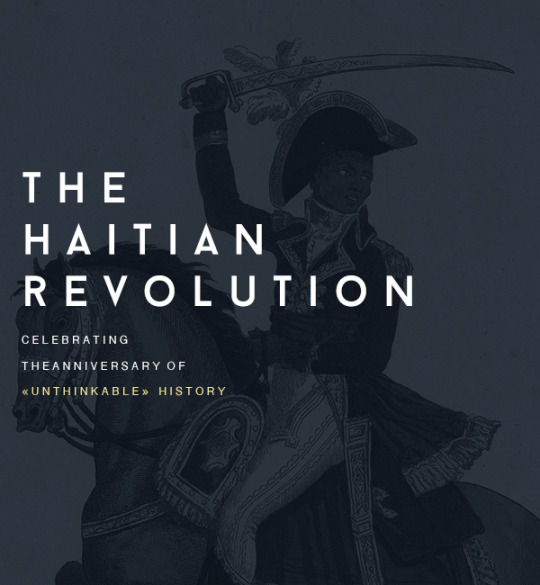
Celebrating Haiti’s founding anniversary
Celebrating the anniversary of “unthinkable” history
While for many years scholars considered that the Haitian Revolution had been “silenced” both in Western academia and in popular culture (Trouillot, 1995), today, the thirteen-year struggle that led to the creation of Haiti as a nation-state is largely acknowledged as one of the most important events in the Age of Revolution (1774-1849). As historian Jeremy D. Popkin (2012) notes, the Haitian Declaration of Independence “struck a blow against the institutions of slavery and racial hierarchy” across the Americas (p. 2). To opponents and supporters of slavery alike, it presented a challenge to conventional wisdom regarding black humanity. Unlike many similar movements in the Atlantic where the question of liberty was often discussed symbolically, the Haitian Revolution disputed common wisdom regarding rights and placed the issue of freedom at its very center. Although Haiti’s 215th anniversary may pass in some circles without a mention, it remains one of the most significant examples of a successful anticolonial struggle in modern world history.
215 notes
·
View notes
Text
On February 24, 1966, Kwame Nkrumah was overthrown in a coup. Nana Aba Naaman was in her second year at Mfantsiman Senior High School on the day the coup happened. In this clip she shares her memories of that day. (🎥The Nana Project)
6 notes
·
View notes
Text
Daniel Pryce shares his memories of Ghanaian president Dr. Hilla Limann who passed away on January 23rd, 1998. Limann served as president from 1979-1981.
2 notes
·
View notes
Text

Have you wanted to speak with the elders in your family about their lives but wasn't sure how to do it? Join us tomorrow for an IG live on oral history interviewing! We will be joined by Jennifer Hart (@detroittoaccra) and Kwabena Opoku-Agyemang (@kwabena_oa). We will share our tips from our experiences with collecting oral histories and will also have Q&A session to answer any questions you may have about interviewing your elders.
Jennifer Hart is an Associate Professor of African History and Anthropology at Wayne State University. An active public scholar, Hart has written for The Washington Post, Africa is a Country, The Conversation Africa, Nursing Clio, Clio and the Contemporary, and her own blog, www.ghanaonthego.com. She also coordinates the digital humanities project Accra Wala - a community archive of city life and digital map of the trotro system in Accra. Hart is the founder of the History Communication Lab at Wayne State University, and she teaches courses in historical methods, ethnographic research, history communication, and public digital humanities.
Kwabena Opoku-Agyemang is a lecturer at the University of Ghana's Department of English and Academic Director of the School for International Training Study Abroad Program in Ghana. He received his PhD in English Literature from West Virginia University after completing previous studies at the University of Ghana. His scholarship, which revolves around African Digital Literature, has appeared in several academic journals.
#ourhistoryourstories#ghana#ghanahistory#ghanaianhistory#blackhistory#history#familyhistory#oralhistories#oralhistory
6 notes
·
View notes
Photo

May your wedding photographer arrive like this. 😎
cc @makulapictures
#culture #tradition #photographer #ghana #kente #africa #afro #thebrightcontinent
(at Ghana)
https://www.instagram.com/p/CVKWJ6eIBXE/?utm_medium=tumblr
133 notes
·
View notes
Text

We want to hear from you! What is your favorite memory with an elder in your family and why? What advice did they give you that you still hold dear?
1 note
·
View note
Text
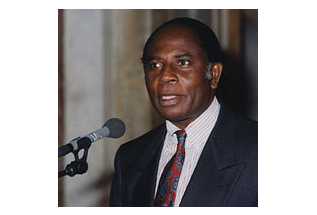
Last week Ghanaian philosopher Kwasi Wiredu passed away at age 90. He was known for his theory of conceptual decolonization, which aims to purge "African philosophical thinking of all uncritical assimilation of Western ways of thinking." He served as a faculty member at the University of Ghana and University of South Florida, in addition to holding several professorships at universities around the world. Some of his best known works include Philosophy and an African Culture, Toward Decolonizing African Philosophy and Religion, The Akan Concept of Mind and How Not to Compare African Thought with Western Thought. (📷Daily Nous)
2 notes
·
View notes
Text
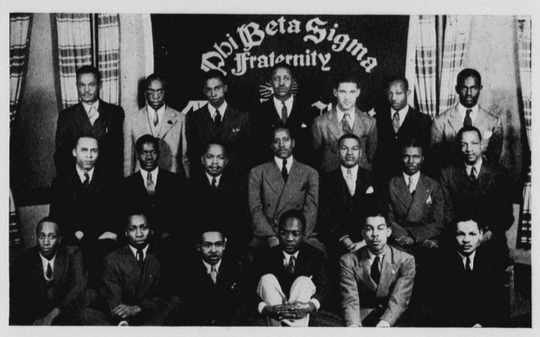
On January 9, 1914 Phi Beta Sigma Fraternity, Inc was founded at Howard University, a historically Black university in Washington, DC. While Kwame Nkrumah was studying in the US, he became a member of Mu Chapter of Phi Beta Sigma located at Lincoln University in Pennsylvania. He joined in 1942. Can you spot Nkrumah in this photo?
13 notes
·
View notes
Photo
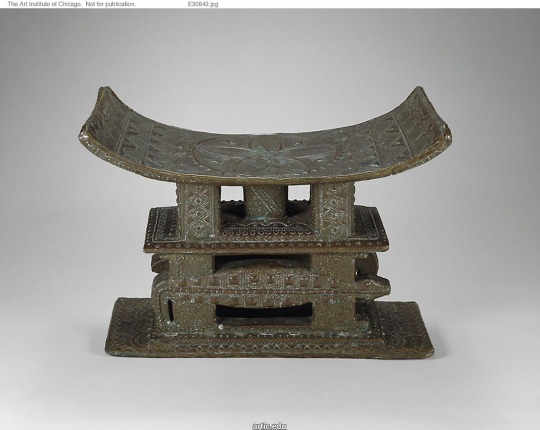
Ceremonial Stool, Akan, 1950, Art Institute of Chicago: Arts of Africa
Stools are enormously significant for the Akan and are used in a variety of contexts. They constitute an important part of the furnishings of a household, carry symbolic meanings as icons of ritual power, and act as repositories of the souls of their deceased owners. This brass-covered stool most likely would have accompanied its owner to a public ceremony. Intended for display, it incorporates distincitive formal elements that reflect the patron’s wealth, status, and power. As is typical of the usual Akan stools, its carved, wooden, rectangular form consists of three parts–a top, a mid-section, and a base.This stool combines two distinct types. The first is the two-tiered, abstract form called obi-te-obi-so-dwa (one-sits-atop-another stool). This imagery visually communicates, and indeed validates, Akan social hierarchy, comprising individuals of diverse rank working in harmony. The second, or lower tier, featuring two crocodile motifs on front and back, reflects the stool form known as adenkyemdwa (crocodile seat). Important ritual objects (sometimes even altars) of Asante gods may be displayed on some stools during important public ceremonies. The sheet brass that covers the stool enhances the piece’s significance since brass (together with silver) is a preferred metal of the Akan religious elite. Moreover, the hammered, linear repoussé patterns–dots, circles, quatrefoils, lozenges, and crescents–that embellish the surface are reminiscent of designs usually found on Akan soul washers’ badges. Thus this stool must have belonged to either a priest or a politician with considerable ritual status.As symbols of authority, Akan stools are now inseparable form the idea of chiefship, the highest Akan political office. Not only must every Akan leader receive one as his personal, official emblem, but his legitimacy is often predicated on his use of a communally owned stool at his installation. Restricted gift of Mrs. James W. Alsdorf
Size: 43.8 x 62.2 cm (17 ¼ x 24 ½ in.)
Medium: Wood and brass
https://www.artic.edu/artworks/137130/
59 notes
·
View notes
Photo

My grandma in Gwangwawa (Zimbabwe) wearing korekore n’anga (spiritual healer) attire, 1999. She is the medium to a mudzimu (ancestor spirit) called chifurefure, which means butterfly. My uncle says, “on amai’s neck those are beads or chuma, used for decorative purposes or indicator that one is a spirit medium, then those are bengles or ndarira, they are a decorative attire which show the wealth of a person just like rings also they indicate tribe of an individual and that some of the ndariria are only put on by spirit mediums. This is also true of the fuko [waist fabric]. The tsvimbo (stick with special power) is called mwangato. The basket or tumbdu is used to store special items of a spirit (vadzimu). The spirit medium keeps this basket which contains jewellery and special African medicine or and herbs”
459 notes
·
View notes
Text

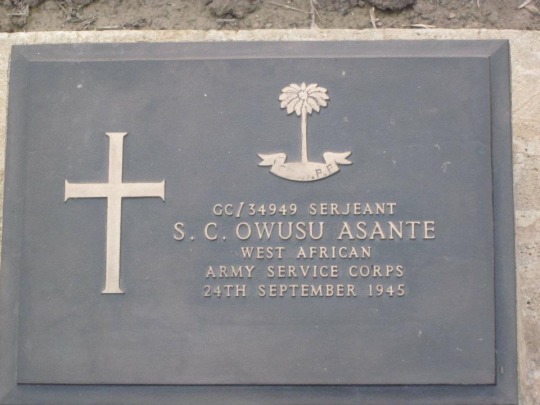

November 11th is Remembrance Day, a day to remember the service and sacrifice of British and Commonwealth Armed Forces. Pictured are the burial sites of Lance Corporal Kwasi Asiedu and Sergeant S.C. Owusu Asante, two Ghanaian soldiers who are buried at the Maynamati War Cemetery, a cemetery for Commonwealth soldiers in Comilla, Bangladesh. Both soldiers were members of the West African Army Service Corps, Royal West African Frontier Force and served during World War II. You may be wondering how these soldiers ended up in Bangladesh. Unfortunately, we do not have that information. However, the cemetery website states that soldiers buried there were from various military hospitals in the area or were transferred from different cemeteries in the region and re-buried there. (📷 Kirstie Kwarteng)
#ourhistoryourstories#ghana#ghanahistory#ghanaianhistory#history#blackhistory#africanhistory#world war 2
1 note
·
View note
Text
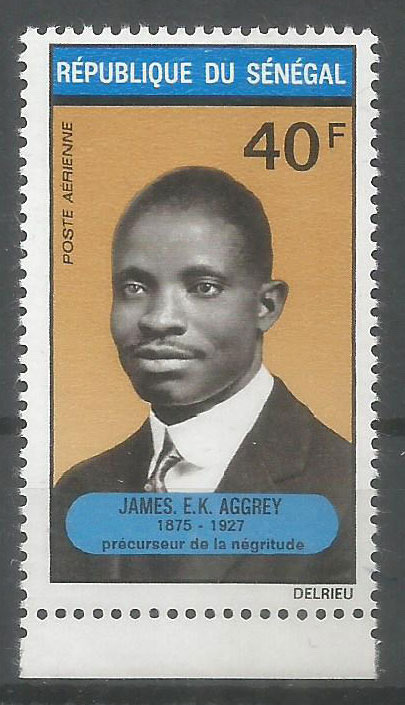
Senegalese stamp honoring James Emman Kwegyir Aggrey aka "Aggrey of Africa". Aggrey was born on October 18, 1875 in Chokor. He was an educator and served as Achimota School’s first Vice-Principal. At age 23, he traveled to the US to study at Livingston College, a historical Black college. While in the US he met and married Rose Douglas, an African American woman. The couple had four children including Orison Rudolph Aggrey who became a U.S. Ambassador to Senegal, Gambia, and Romania. Aggrey died in Harlem, New York in 1927 after a short illness. Aggrey Memorial Senior High School is named in his honor.
#ourhistoryourstories#ghana#ghanahistory#ghanaianhistory#history#blackhistory#familyhistory#africa#africanhistory
8 notes
·
View notes
Text
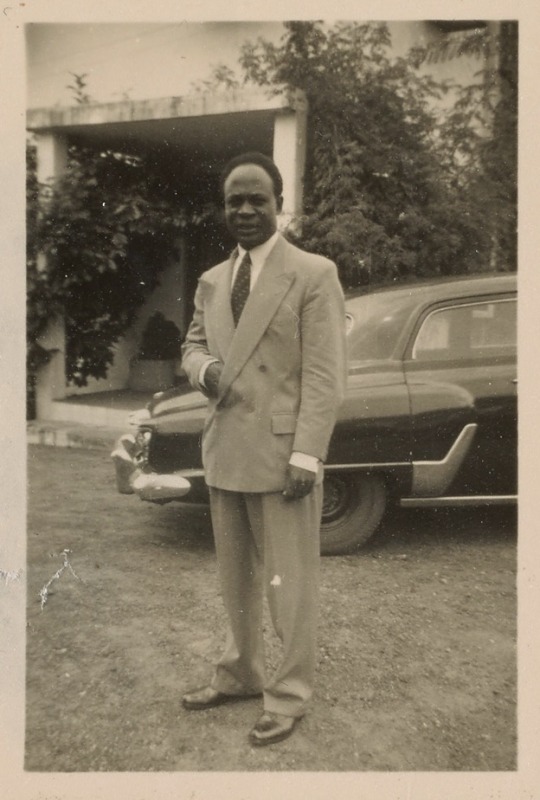
Happy Kwame Nkrumah Memorial Day! On 21 September, 1909 Kwame Nkrumah was born in Nkroful. He was Ghana’s first Prime Minister and President. An ardent Pan-African, he was also a founding member of the Organisation of African Unity (now the African Union). How will you commemorate Nkrumah’s legacy today? (📷Cambridge University Library)
86 notes
·
View notes
Text
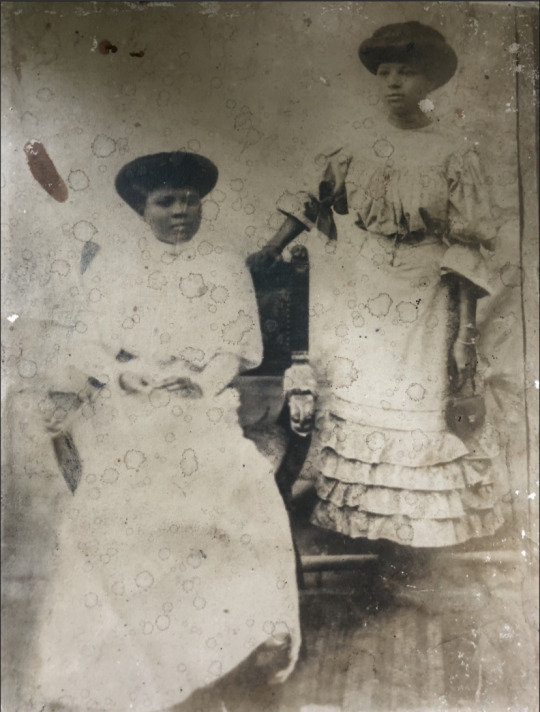
Harriet Simmonds (seated) aka Grandma Harriet and her niece Ewurapa, family members of our newest storyteller Mrs. Joyce Owusu. Mrs. Owusu, a 92 year old Ghanaian elder, was raised by Grandma Harriet in Sekondi. The Nana Project sat down for an audio interview with Mrs Owusu and her daughter, Ghanaian-British architect Elsie Owusu. We discussed three moments in her life: her upbringing in southern Ghana, between the Central and Eastern Regions; her experience of the war in the 1940s; and her memories of Queen Elizabeth’s 1961 visit, including the song Dr Kwame Nkrumah and The Queen danced to during the State Dinner. Link below.
18 notes
·
View notes
Text

In June 1939, Accra experienced an earthquake with a magnitude of 6.5. 17 people died and over 130 people were injured. The intensity of the shock was the greatest in Jamestown. Pictured is the Criminal Investigation Department (C.I.D.) building in Accra after the earthquake. This building and other nearby buildings had to be evacuated. (📷 Cambridge Library)
1 note
·
View note
Text

Harriet Simmonds (seated) aka Grandma Harriet and her niece Ewurapa, family members of our newest storyteller Mrs. Joyce Owusu. Mrs. Owusu, a 92 year old Ghanaian elder, was raised by Grandma Harriet in Sekondi. The Nana Project sat down for an audio interview with Mrs Owusu and her daughter, Ghanaian-British architect Elsie Owusu. We discussed three moments in her life: her upbringing in southern Ghana, between the Central and Eastern Regions; her experience of the war in the 1940s; and her memories of Queen Elizabeth’s 1961 visit, including the song Dr Kwame Nkrumah and The Queen danced to during the State Dinner. Link below.
18 notes
·
View notes
Text
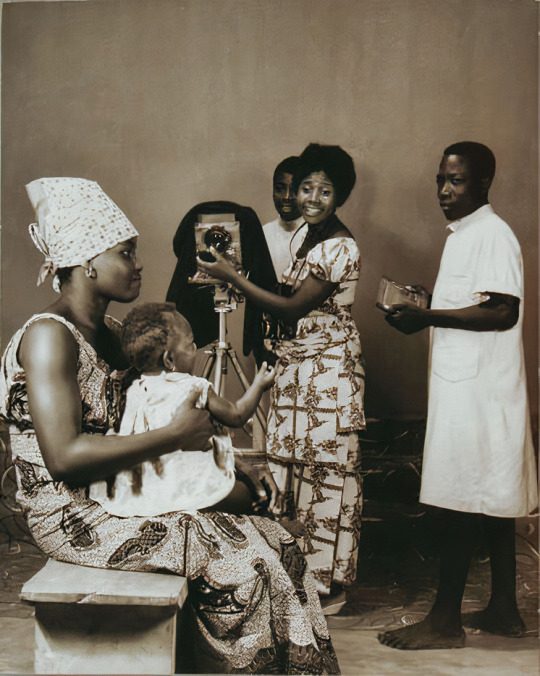
Seen in Togo, 1968 by Evelyn Bernheim
Pictured is Togo’s only female photographer at the time, Chantal Lawson in her studio.
1K notes
·
View notes